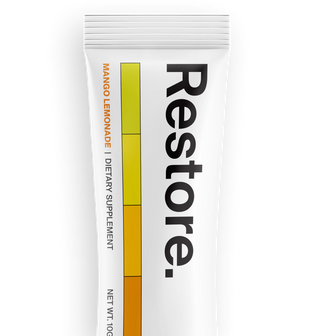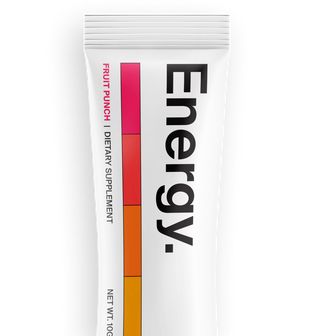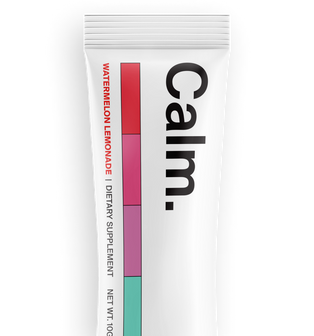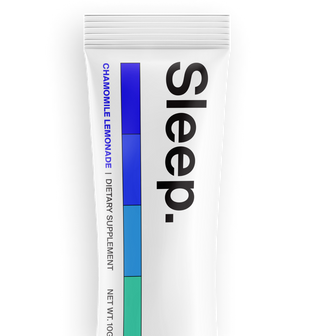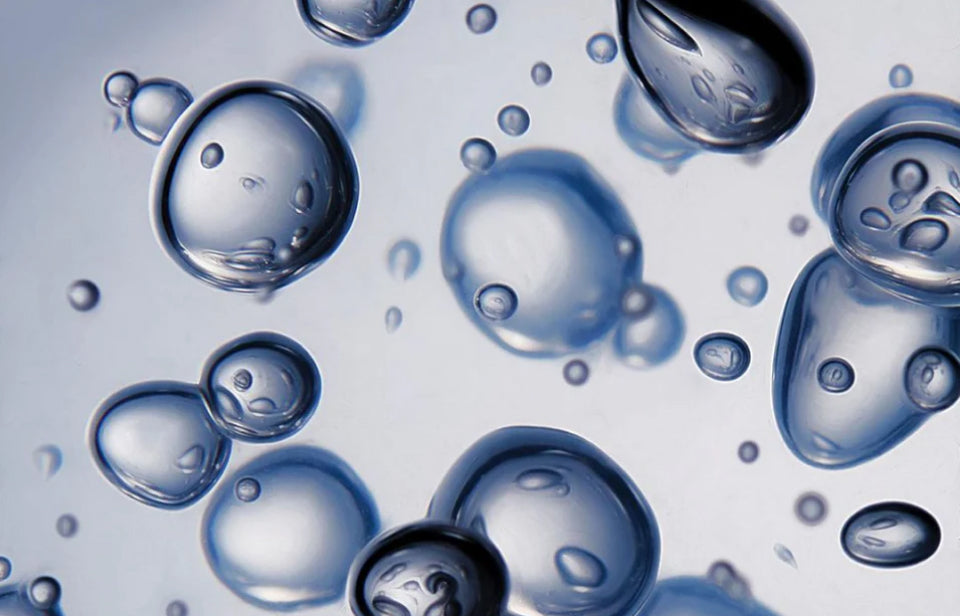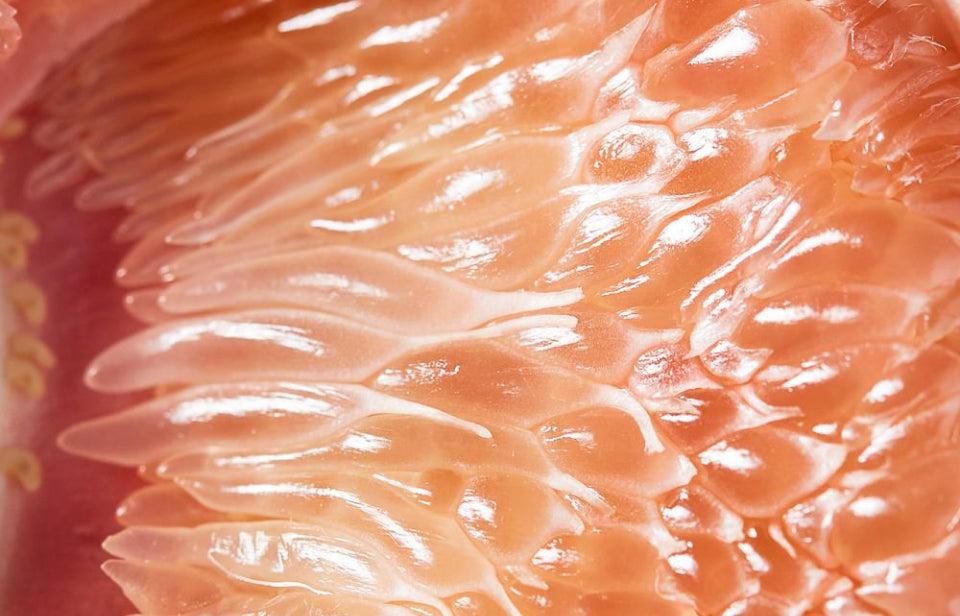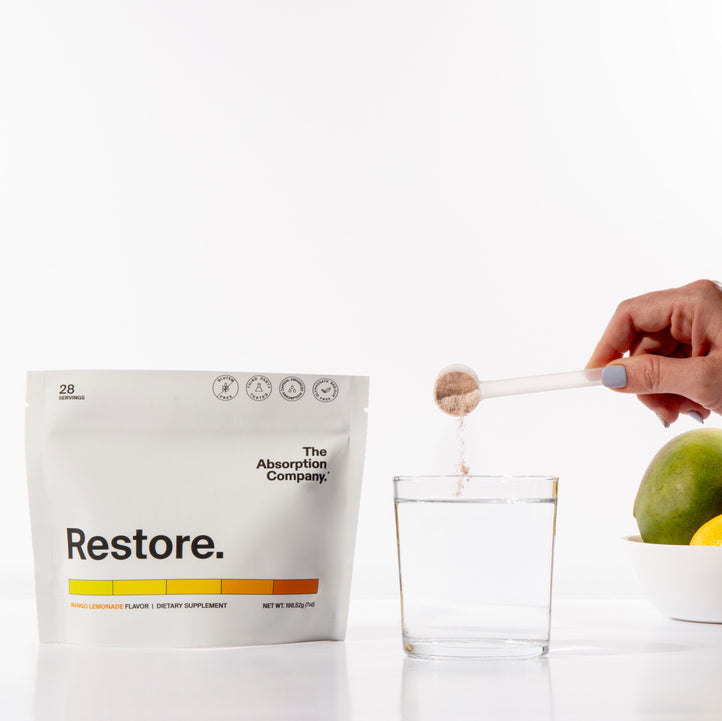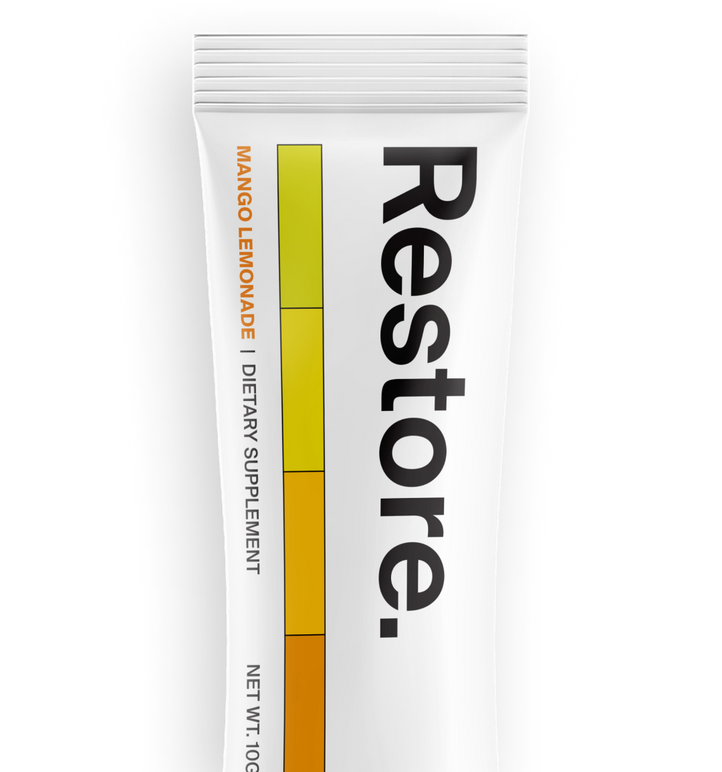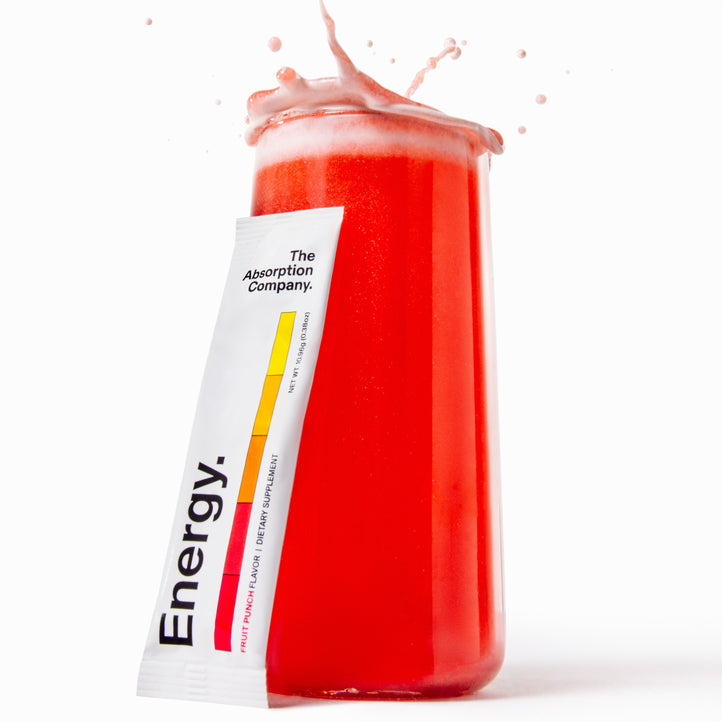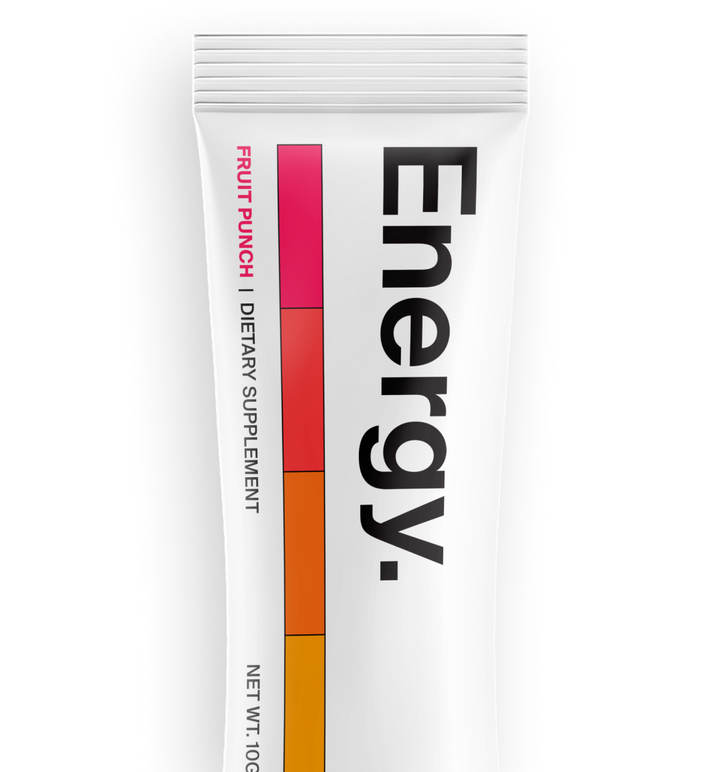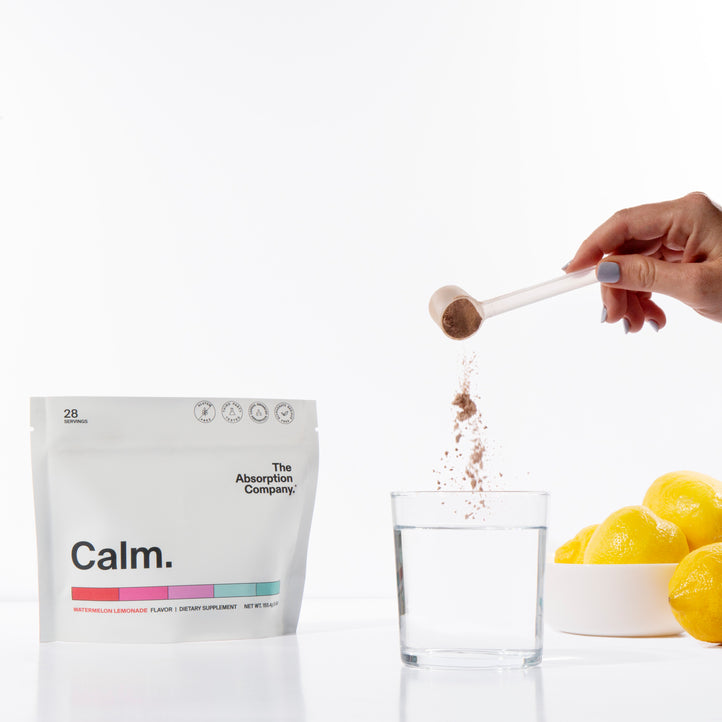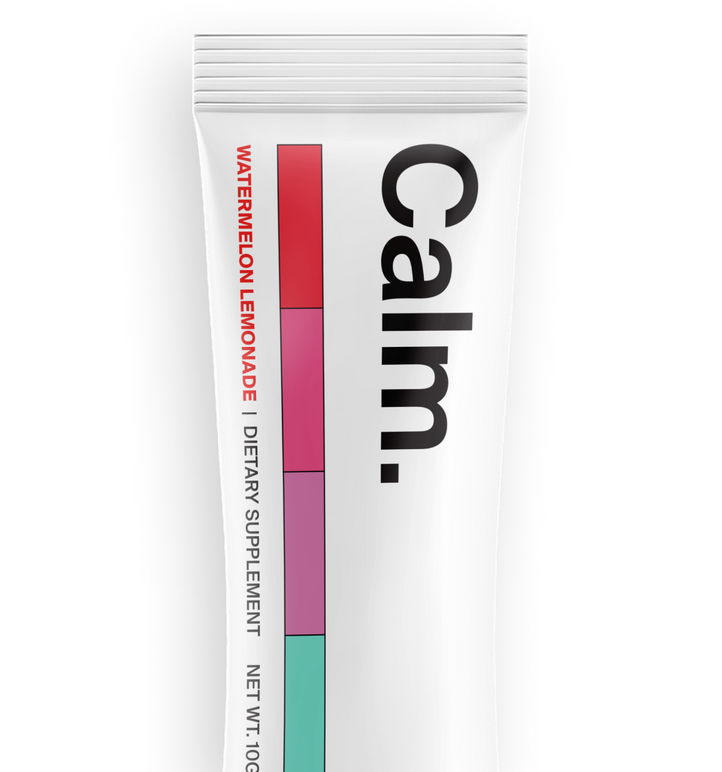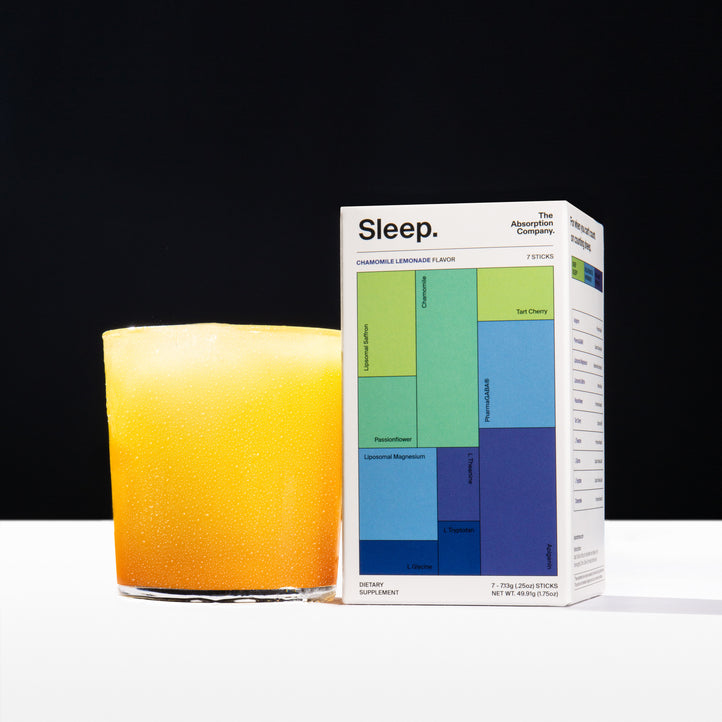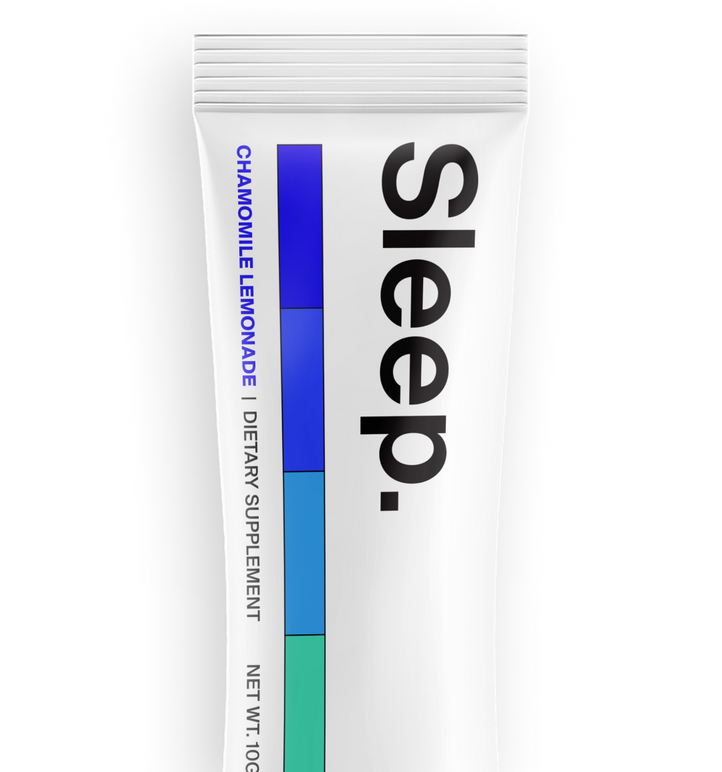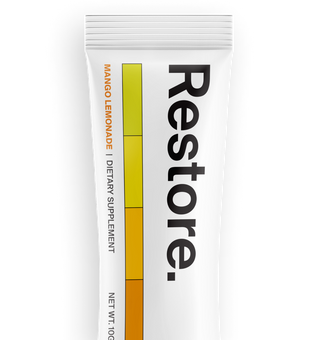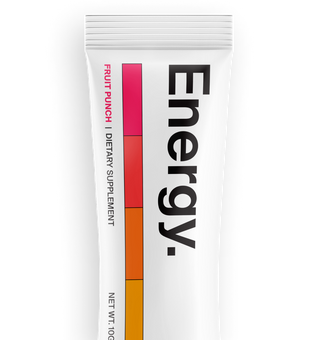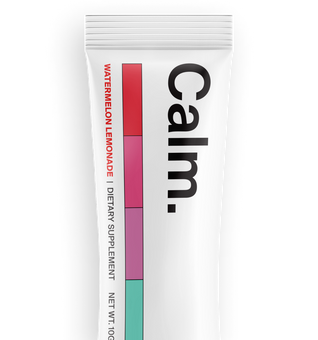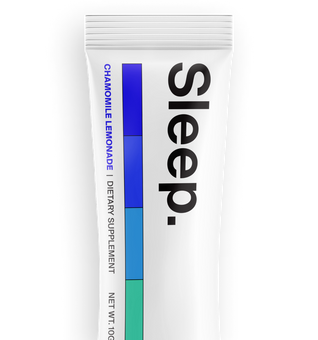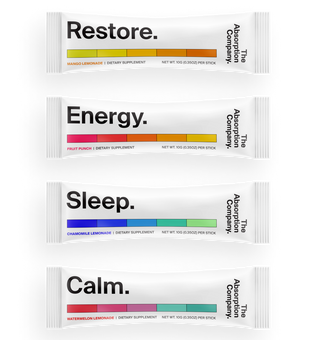Absorption and Bioavailability 101
Nutrients Matter: Why Vitamins are Vital
You might already know that vitamins are important for your health. That’s because vitamins take on a critical role by participating in essential, biochemical processes. In many cases, their deficiency can cause issues and even certain diseases1,2. But did you know that our bodies cannot synthesize most of them on their own1,3? Vitamins such as Vitamin C and all B Vitamins cannot be produced by the human body, making it essential to obtain them from our diet – the only way we can acquire them even when our bodies need them1,2. But there’s a twist…not all the vitamins, whether they’re in food or a dietary supplement, are absorbed by our bodies2,3,4. Nutrient absorption, which is the process by which they are taken up from the diet, varies greatly depending on the nutrient’s biochemistry and an individual’s health1. Only after absorption can these factors impart a bioactivity on our health, such as immune response or cellular repair. How much of a nutrient though that is absorbed is impacted other factors, like nutrient delivery form, solubility and interaction with other dietary components1.
In this overview, we’ll dive deep into the world of vitamin absorption and bioavailability, highlighting what happens to them once we ingest them, and why it matters more than you may think.
Absorption 101: How Your Body Handles Nutrients
So how are nutrients absorbed exactly? Dietary nutrients, vitamins and other “bioactive compounds” (ie probiotics, omegas) start their absorption journey from the moment they enter your mouth. Enzymes present in your saliva start breaking down food particles, which then continues with chemical, physical and biochemical digestion as they move through the gastrointestinal (GI) tract5. For bioactives that must be absorbed for their health benefit, the key is to have them primed and ready for absorption when they enter the small intestine, where most bioactive compounds are absorbed6. This proportion of a bioactive compound that is primed and ready for absorption is described as it’s bioaccessibility. If it’s not bioaccessible, it’ll keep traveling trapped in the food particles and miss the narrow window for absorption1,3,7. If though the bioactive is bioaccessible, they absorb from the lumen of our GI tract and travel ultimately to the bloodstream so that they can enact their ultimate bioactivity7. How these bioactives physically absorb can vary slightly depending on the specific vitamin or other bioactive compound. For the purposes of our overview, we’re going to categorize these bioactives into two groups:
Water-Soluble Bioactives: These bioactives are often described as hydrophilic, originating from the Greek word’s “hydro” for water and “philos” for loving… or lipophobic, originating from the Greek words “lipos” for fat and “phobos” for fearing. Ultimately, this group of bioactives are grouped together because they easily dissolve into water. You’ll find water-soluble bioactives like Vitamin C, B Vitamins, glutathione and magnesium across our blends. Because they are easily dissolved in water, this primes them to have better bioaccessibility in the aqueous environment of our GI tract. In order to be absorbed, the proportion that is bioaccessible will pass through the intestinal walls of our GI tract through specific transporters and then into the bloodstream1,6,7.
Fat-Soluble Bioactives: They love fat! This means that they don’t easily dissolve in water…think what happens when you mix oil (aka fat) and water. Very often you’ll see them characterized as lipophilic or hydrophobic, stemming from the same Greek origin words as water-soluble bioactives. You’ll find Vitamins A, D, E and Coenzyme Q10 across our blends. Since these bioactives though don’t dissolve in water, their bioaccessibility in the aqueous (aka “water”) environment of the GI tract is trickier. These bioactives require a more complex process where they must be emulsified with other dietary fats before they can be absorbed. As they are emulsified, they form structures called mixed micelles. Rather than having specific transporters, these micelles can passively absorb across the membrane of the cells lining the intestinal wall. Once they do, they pass through the intestinal wall without the dependency of specific transporters, moving into our lymphatic system before making their way into the bloodstream6,7.
What is Bioavailability?
You might have heard the term bioavailability used when describing vitamins and other bioactives. So, what does it mean? Bioavailability is the proportion of a nutrient that is digested, absorbed and metabolized7. It encapsulates the efficiency and rate at which a substance is liberated from its food source or supplement (aka bioaccessibility), and then at which into the bloodstream, becoming available for use or storage in the body (aka bioactivity) 2,3. It is a critical concept because it measures not just the amount that is in the food or pill we take, but it’s how much that actually gets absorbed and becomes available for our bodies to use2,3,7. Lots of factors can impact bioavailability though, including the food matrix (aka diet), nutrient-to-nutrient interactions, and individual health conditions like gut health, age and metabolic rate. Understanding bioavailability is crucial because it lets us understand how effective our dietary supplements might be at improving our health7,8.
Absorption Science: How do you measure if something is more bioavailable?
Measuring bioavailability of vitamins and other bioactive compounds can be complex and tricky. Everything from age, diet, health status and even the time of day you take a dietary supplement can affect it3,4,8,9. Since many of these variables are unique to each and every one of us, scientists often use in vitro (Latin for “in glass”) digestion tests to mimic the process of digestion but in a controlled lab setting4,10. These in vitro digestion tests give scientists an accurate picture on the bioavailability of vitamins and other bioactives10. Clinical or in vivo (Latin for “in a living thing”) studies can also provide invaluable insights, but are often costly, time-consuming, and ultimately prone to variability10. Thus, scientists will often use both in vitro and in vivo methods to build a comprehensive understanding of bioavailability8.
The Surprising Reality: Most Traditional Supplements Don’t Fully Absorb
So, what is the bioavailability of dietary supplements and the bioactive compounds they contain? To better understand this question, we sought out scientific studies and results that measured bioavailability from traditional dietary supplements. What we found is an alarming reality, that the bioavailability of many supplements is shockingly low, with an average of only 16% for many vitamins and other bioactive compounds (Table 1). This means that 84% of what’s in the supplement never actually gets absorbed during digestion to potentially benefit the body. This underscores a deep need for improved formulations that enhance the bioavailability of dietary supplements. Ensuring that a higher proportion of active ingredients are available for absorption and use by the body (1,7,8).

Table 1 – Bioavailability of Common Vitamins and Bioactive Ingredients. The measured bioavailability for several vitamins, antioxidants and bioactive phenol compounds was gathered from peer reviewed scientific studies as well as studies performed by Capsoil Technologies.
Improving Supplements by Tackling Bioavailability
Countless factors impact an individual’s ability to absorb a supplement that will ultimately impact the exact bioavailability for a bioactive compound in the dietary supplement taken7,8. But this search on bioavailability across an array of bioactive compounds underscores an urgent need in the supplement space for better approach and solutions to improve absorption rates for the supplements we take. To tackle these challenges, innovative strategies are needed with utilizing advanced delivery technologies to overcome the challenges bioactive compounds face during digestion and enhance the overall bioavailability.
References
- Said HM. (2011). Intestinal absorption of water-soluble vitamins in health and disease. Biochem Journal, 437 (3): 357 – 372.
- Brandon EFA, et al. (2014). Bioaccessibility of vitamin A, vitamin C and folic acid from dietary supplements, fortified food and infant formula. International Journal of Food Sciences and Nutrition, 65(4), 426–435.
- Nicolescu A et al. (2023). Bioaccessibility and bioactive potential of different phytochemical classes from nutraceuticals and functional foods. Frontiers in Nutrition, 10: 1184535.
- Etcheverry P et al. (2012). Application of in vitro bioaccessibility and bioavailability methods for calcium, carotenoids, folate, iron, magnesium, polyphenols, zinc, and vitamins B6, B12, D, and E. Frontiers in Physiology, Vol 3, Article 317.
- Patricia JJ and Dhamoon AS. (2022). Physiology, Digestion. StatPearls [Internet]. Treasure Island (FL): StatPearls Publishing; Available from: https://www.ncbi.nlm.nih.gov/books/NBK544242/
- Kiela PR and Ghishan FK. (2016). Physiology of Intestinal Absorption and Secretion. Best Pract Res Clin Gastroenterol, 30(2): 145 – 159.
- Rodrigues DB et al. (2022). Trust your gut: Bioavailability and bioaccessibility of dietary compounds. Current Research in Food Science, Vol 5, pp 228 – 233.
- Sensoy, I. (2021). A review on the food digestion in the digestive tract and the used in vitro models. Current Research in Food Science, 4: 308 – 319.
- Andrés A and Heredia A. (2021). Advanced Research in Food Digestion. Foods, 10(1): 122 – 124.
- Mulet-Cabero AI et al. (2020). A standardized semi-dynamic in vitro digestion method suitable for food – an international consensus. Food Function, 11: 1702 – 1720.
- Devi, S. et al. (2020). Measuring vitamin B-12 bioavailability with [13C]-cyanocobalamin in humans. Am J Clin Nutr,112:1504–1515.
- Rakusa, ZT et al. (2023). Vitamin B12 in Foods, Food Supplements, and Medicines—A Review of Its Role and Properties with a Focus on Its Stability. Molecules, 28, 240.
- Firoz M and Graber M (2001). Bioavailability of US commercial magnesium preparations. Magnesium Research, 14(4): 257 – 262.

